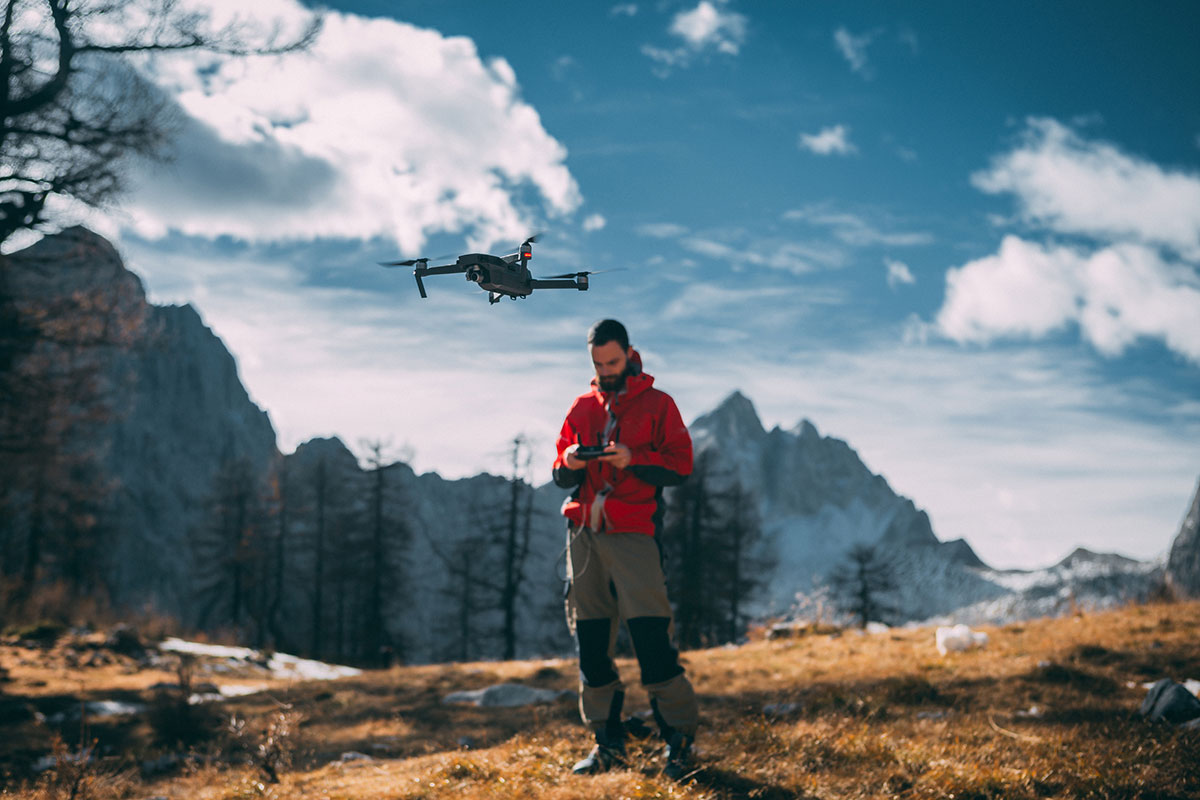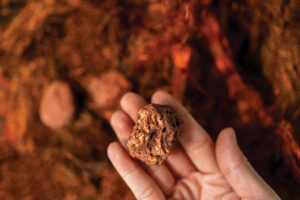Infinity Stone sizing up Zen-Whoberi for minerals key to green revolution

Drones are being used to conduct an airborne magnetic survey at Infinity Stone’s Zen-Whoberi prospect in Quebec. Pic via Getty Images.
Infinity Stone Ventures is preparing to carry out an airborne magnetic survey which will assist in defining new targets and better define known mineralised zones at its Zen-Whoberi in Quebec.
The 600 line kilometre survey over a single block will be carried out by an unmanned aerial vehicle with a detailed line spacing of 100 metres as well as 25-metre spacing over the soil sampling grid completed by the company during summer 2022.
Of the three samples taken from the Centauri zone, one returned grades of 15.5% copper, 14.9 grams per tonne silver, 0.4g/t gold, 0.114% nickel and 216 parts per million cobalt while the other two yielded copper grades of 2.12% and 0.7%.
“The geophysics survey at Zen-Whoberi is a key next-step in the exploration of the project that will allow us to further define drill targets moving into Q1 of 2023,” chief executive officer Zayn Kalyan said.
“With a significant copper grade in excess of 15% discovered earlier this year at Zen, we are eager to further explore this potential resource, especially in the context of recent increases in copper and nickel prices.
He added that with copper, cobalt and nickel all being critical to the production of electric vehicle batteries and vehicles as well as many other critical technologies, the project’s proximity to infrastructure – including Glencore’s Horne smelter – presents a strategic opportunity in the heart of the North American EV supply chain.
The survey team will be mobilised to site in the upcoming week with preliminary results expected in early January 2023.
Zen-Whoberi project
Zen-Whoberi is located about 80km from a railway and 300km from Glencore’s Horne copper smelter.
Historical drilling focused primarily on outcrops and returned significant intercepts including 22.8m grading 0.57% copper, 1.1g/t gold over 1.2m and 0.8g/t platinum over 1.6m while several trench samples yield up to 5.07% copper, 0.59g/t gold, 3.9g/t platinum and 0.2g/t palladium.
The target Centauri Zone is located 250m east of the Cran-Bornite showing and was stripped in late August, revealing a rusty and folded quartz feldspathic gneiss that is locally magnetic and contains about 5% sulphides.
Mineralisation is mostly disseminated within the gneiss, but can also appear as chunks near the contact with a carbonatite dyke that crosscut the gneiss at the southwest end of the stripped area.
This article was developed in collaboration with Infinity Stone Ventures, a Stockhead advertiser at the time of publishing.
This article does not constitute financial product advice. You should consider obtaining independent advice before making any financial decisions.

UNLOCK INSIGHTS
Discover the untold stories of emerging ASX stocks.
Daily news and expert analysis, it's free to subscribe.
By proceeding, you confirm you understand that we handle personal information in accordance with our Privacy Policy.








